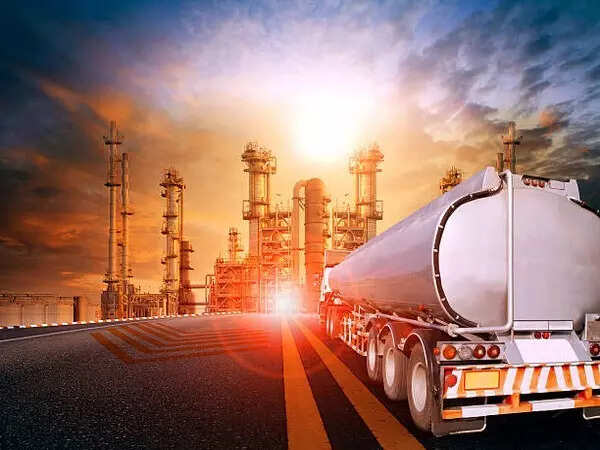
Amid continuing criticism of India by Trump and his officials over oil purchases from Russia, Oil minister Hardeep Puri on September 1 came up with a strong rebuttal, countering US rhetoric with facts and figures, underlining that India’s imports of Russian crude only have helped stabilise global markets and prevented a surge in oil prices.
In a piece in The Hindu paper, Puri said India’s adherence to international rules had averted a “catastrophic $200 per barrel shock” to the global economy. He dismissed White House adviser Peter Navarro’s claim that India had become a “laundromat” for Russian oil, calling it “nothing but noise.”
The US recently doubled tariffs on many Indian imports to 50% as part of its efforts to curtail Moscow’s revenues from oil. While accusing New Delhi of undermining sanctions, Treasury Secretary Scott Bessent went further, alleging profiteering by some of India’s top business families, while Trump’s advisor Peter Navarro claimed India was “fueling the Russian war machine.”
Puri countered that India had not breached any rules. Every transaction, he said, was carried out through legal shipping and insurance, compliant traders and audited channels under the G7 price-cap mechanism. “India has stabilised markets and kept global prices from spiralling,” he wrote.
India, he added, has been among the world’s top petroleum exporters for decades, refining a diverse basket of crude from across the globe. European buyers themselves turned to Indian products after banning Russian crude. Refining margins, Puri stressed, had remained steady, ruling out profiteering.
Energy first
Energy security underpins India’s rapid growth: it is the world’s third-largest energy consumer, fourth-largest refiner and fourth-largest importer of liquefied natural gas, Puri said, adding that refining capacity already exceeds 5.2 million barrels per day, with plans to expand beyond 400 million tonnes annually by 2030.In his article, Puri highlighted that Indian policymakers have sought to pair supply security with reforms. India’s demand for energy is projected to double by 2047, accounting for nearly a quarter of global incremental demand, he pointed out.
Giving key insights into India’s heightened push for energy security, the minister informed that exploration acreage in the country has grown from 8% of sedimentary basins in 2021 to 16% in 2025, with a target of one million square kilometres by 2030.
A 99% cut in restricted areas has opened vast resources, while the Open Acreage Licensing Policy has drawn in investors, he wrote.
Gas pricing reforms — linking prices to the Indian crude basket and offering 20% premiums for new or deepwater wells — are also drawing capital into exploration, the minister added.
Alongside hydrocarbons, India is moving ahead with an energy transition, Puri underlined. As per official figures provided by him, ethanol blending has risen from 1.5% in 2014 to 20% today, saving more than Rs 1.25 lakh crore in foreign exchange and transferring over Rs 1 lakh crore to farmers.
Besides, over 300 compressed biogas plants are being rolled out with a 5% blending target for 2028. Public sector oil firms are investing heavily in green hydrogen.
Not breaking any rules, says Puri
According to Puri, government measures during the Ukraine conflict shielded households from volatility. Export rules required refiners selling petrol and diesel abroad to reserve half of petrol and nearly one-third of diesel for the domestic market — steps that ensured stable supplies and prices despite global disruptions, the minister wrote in The Hindu.
India’s response to US criticism sits within a broader economic vision that emphasises resilience and self-reliance, Puri averred. He stressed that the government has promoted sectors ranging from semiconductors and electronics to defence and specialty chemicals, supported by production-linked incentives and infrastructure expansion under the Gati Shakti programme.
Puri said that India’s energy choices are inseparable from its economic strategy. Global stability depends on acknowledging the reality that Russia, the world’s second-largest oil producer, cannot simply be excluded, he observed. “There is no substitute for nearly 10% of global oil,” Puri wrote in the piece.
India’s buying of Russian crude is not breaking any rules but keeping markets functioning, Puri argued. Critics may raise their voices, but for New Delhi the central point remains clear: sustaining its growth requires a steady flow of energy, and securing it is essential not only for India’s future but for global stability, he affirmed.


